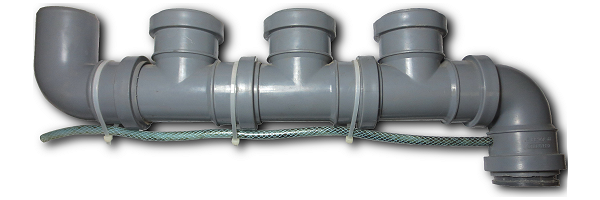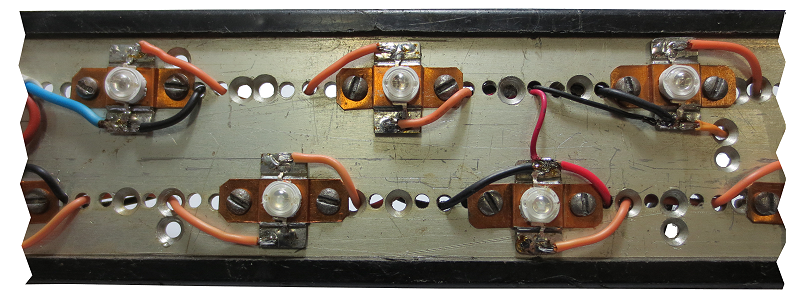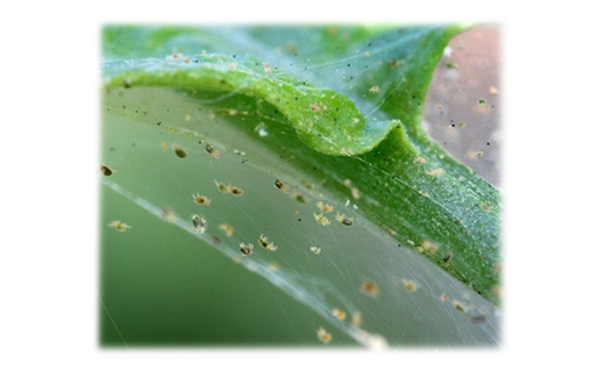Akvaponika do it yourself with the use of a microcontroller

Hello. Once on the Internet, I came across an interesting American project. The essence of the project is that it is possible to grow various agricultural crops, using not the soil, but, so to speak, a symbiosis of fish with plants. It turns out a closed loop. You feed and grow fish, their waste products, dissolved in water, are a breeding ground for plants. And these plants, receiving nutrients for growth from water, purify it. The whole process is repeated in a circle. This method is called "akvaponika."
Inspired by this project, I decided to create something similar, but using a microcontroller. In fact, I wanted to automate the whole process - it was automation that, by and large, attracted me. Having decided that I would grow strawberries, I began to design the plant itself.
Briefly consider some of the design points.
I made glasses for strawberry installation using 50 x 50 sewer plastic tees. I also needed one plug and two L-shaped corners of the same diameter.
')

Finding the right lighting for strawberries turned out to be difficult. I wanted to use LEDs, but, by going online, I found out that any LEDs would not work. They must be with a specific spectrum and wavelength. For normal plant growth, the emission spectrum should be mixed and consist of red and blue LEDs. In principle, they are called - LEDs for plants. For example such
Then the question arose: what is the number of LEDs needed? Not finding any clear information on this issue, I stopped at the purchase of single watt LEDs - five red and five blue. Due to the limited budget, the LEDs are purchased without a radiator. But, given that they work for a long time, you need to take care of their cooling. Therefore, I independently made radiators from aluminum sheet, to which I screwed copper strips.

Since I already had an aquarium with a filter, I decided to modernize the automatic equipment for the aquarium a little, and assemble an automatic feeder for fish from available materials. The width of the gap of the partition, which was located in the housing, welded from foil-coated textolite (55 x 55 x 10), regulated the feed dose. To control the amount of feed in the feeder, a transparent lid was required. The case for it was a case of a stray cassette holder, but you can also use thin plexiglass.

A stepper motor from the old sidyrom was adapted to supply the dosed portion to the aquarium. To control the movement of the stepper motor, I installed a limit switch with a “ski”. Since in this project the entire process will be controlled by a microcontroller, I assigned the function of controlling this device to him. The feeding time was fixed, the feed was fed to fish twice a day, in the morning at 8.00 and in the evening at 18.00. The feeder turned out to be capacious, the feed lasts for a month without refueling the feed. This is perhaps the only thing that during the operation of akvaponiki did not have to change.

For akvaponiki was selected method of periodic flooding. It involves the use of a pump to supply water to the installation. I did not want to buy a pump on purpose, so I took an aquarium filter. It was perfectly suited for this purpose, it did not even require any alterations — put a flexible hose on the filter and that was all. Not only did the aquarium filter itself purify water from coarse debris, it also delivered water perfectly to a small height. To control the level of the supplied water, I used two copper electrodes made of copper wire (in the process, this was not the best option because they were oxidized). Naturally, the microcontroller controlled the whole process.

A more visual work of akvaponiki and electronic control unit on the microcontroller can be viewed in this video.
A little off topic : consider some of the problems that have arisen during the operation of akvaponiki.
LED Lighting Experiments
From the very beginning, I made the switching on of the lighting hard, that is, the lighting at the specified time turned on and off. Continuing the experiments on the duration of the lighting, I noticed that the berries ripen faster if the lighting is realized as in nature: it should be continuously and smoothly turned on and off, simulating the sunrise and sunset. You also need to take into account the periods of ripening berries. During the formation of the berries, the duration of illumination should be about 10 hours. When the berry picks up color - then 12 hours. But I'm still working on these options.
After two months of growing strawberries, problems arose. I noticed that its leaves were becoming more white than green. Ripping through a lot of information, I found out that a possible reason is the lack of nutrients in the water necessary for the formation of proper growth. I didn't want to add any chemistry. Therefore, he made a simple decision to increase the number of fish, since more fish will produce more waste products.
At the end of the month, no positive result was observed, the leaves were still pale green. But then strawberries began to bear fruit.
I began to experiment with lighting, some time after I removed two red LEDs, the strawberry leaves became green. Now the ratio of LEDs is five blue and three red.
The invasion of parasites

Parasites settled on the leaves, and in large numbers. How they got there is not clear. As it turned out, the name of the pest - spider mite. It was necessary to do something, as the strawberry withered. I bought the appropriate poison to combat this pest, according to the instructions, it was necessary to spray each bush. But in my case it was not an option. Poison adversely affects both parasites and fish. I found a simple solution: I spread the preparation in a plastic basin and each bush, turning the leaves down, dipped it in water, without putting the root system of strawberries there. The result was not long in coming, the parasites literally showered. Victory!
Fruiting
Berries were constantly tied, however, they had to pollinate by hand, with a brush. But this was not a problem, as there are few bushes. Pustulets were never, the berries are always tied. During the ripening of berries, the strawberry flavor spread throughout the whole office, so even it was necessary to “brush off” the hungry employees in order not to eat the whole harvest. But the taste of the berries is not impressed - the grass is grass. But here again, many factors need to be considered, ranging from the quality of nutrients and ending with strawberry varieties.
The program on the microcontroller and the circuit itself is constantly changing. A relatively simple project, which appeared from the very beginning, turned into a serious device using a microcontroller. Now in the manufacturing process - a new installation, much larger, there are also more bells and whistles. Everything in wires, sensors and various dispensers.
PC If this topic in the vastness of Habr will receive a review, then I will continue to write articles on this topic .
Source: https://habr.com/ru/post/254689/
All Articles